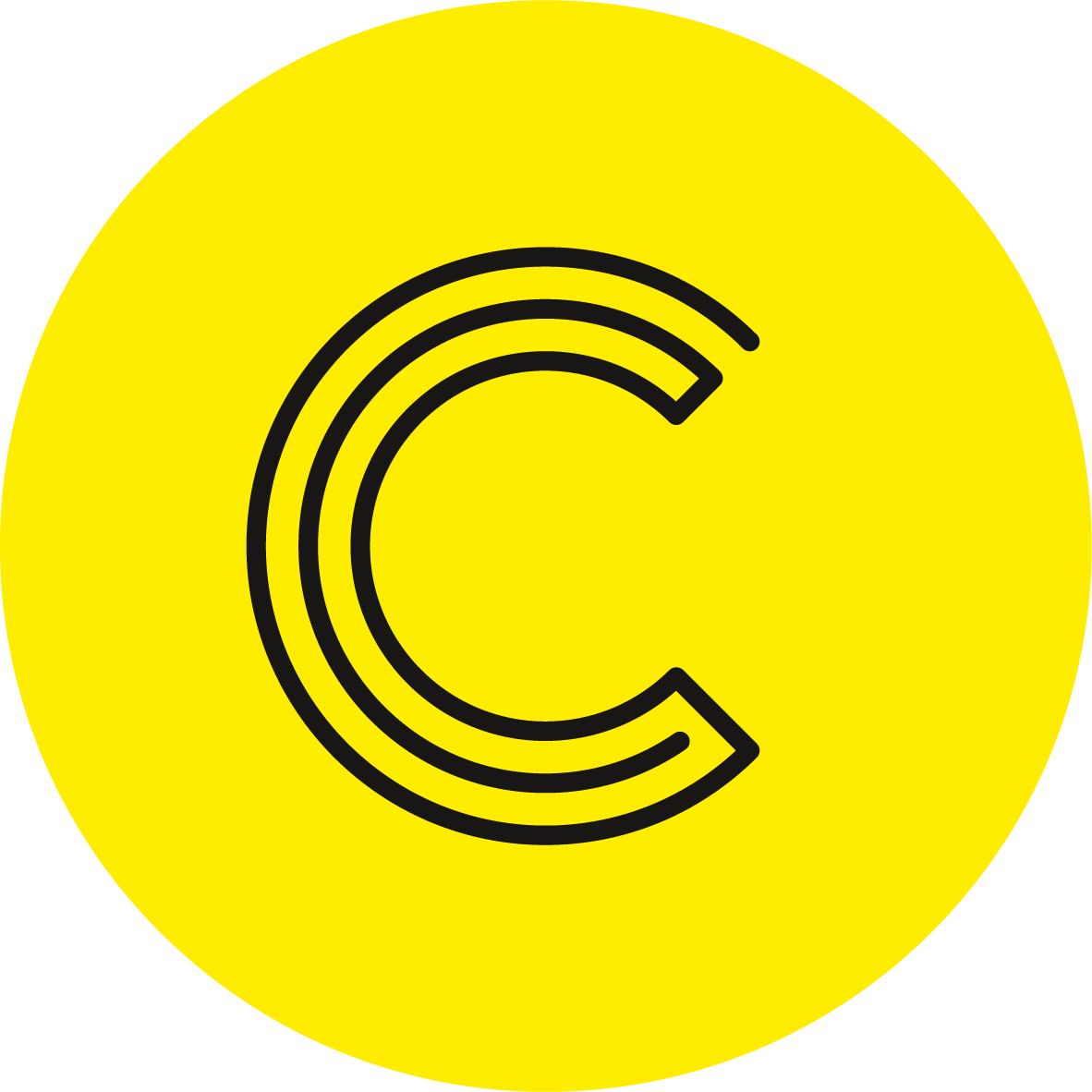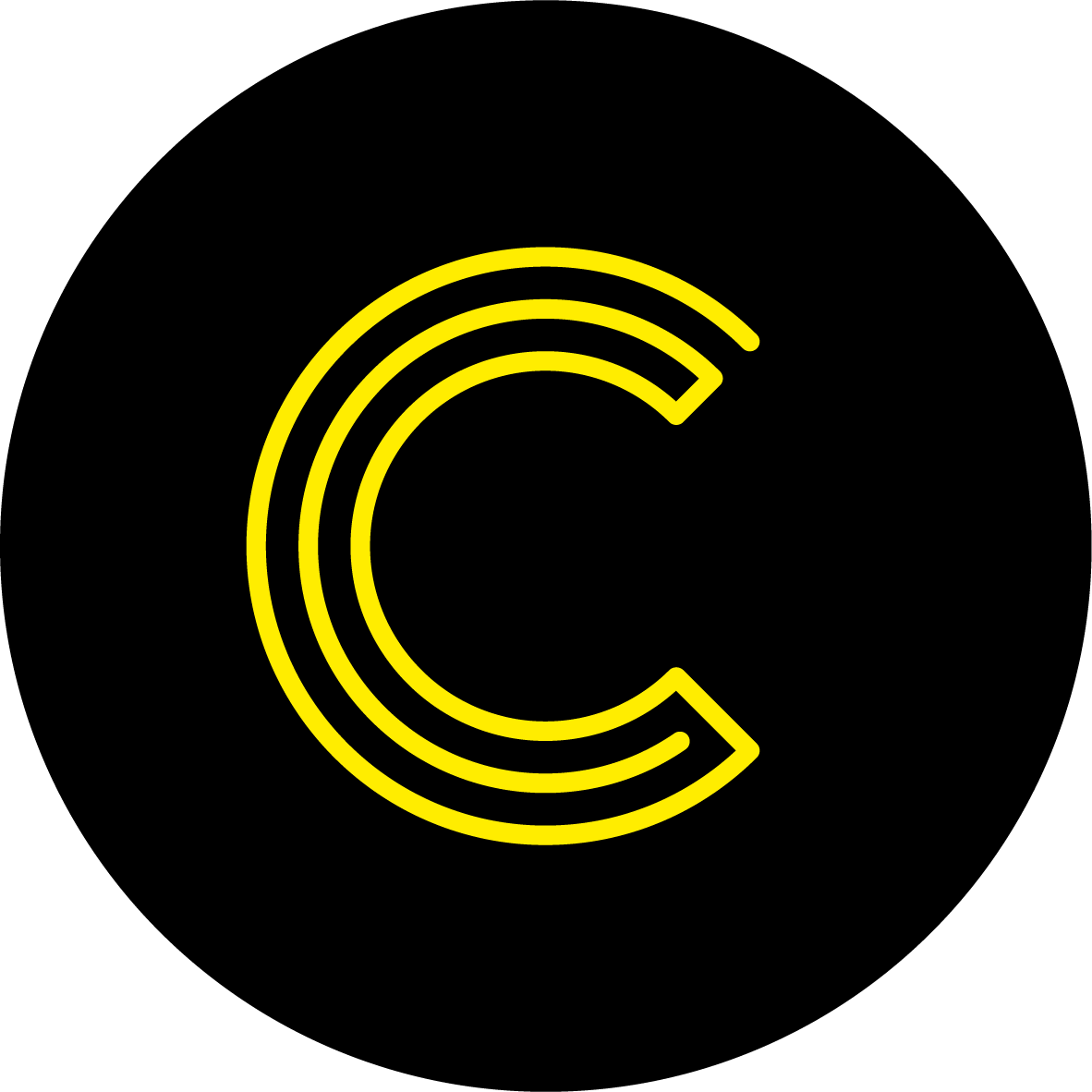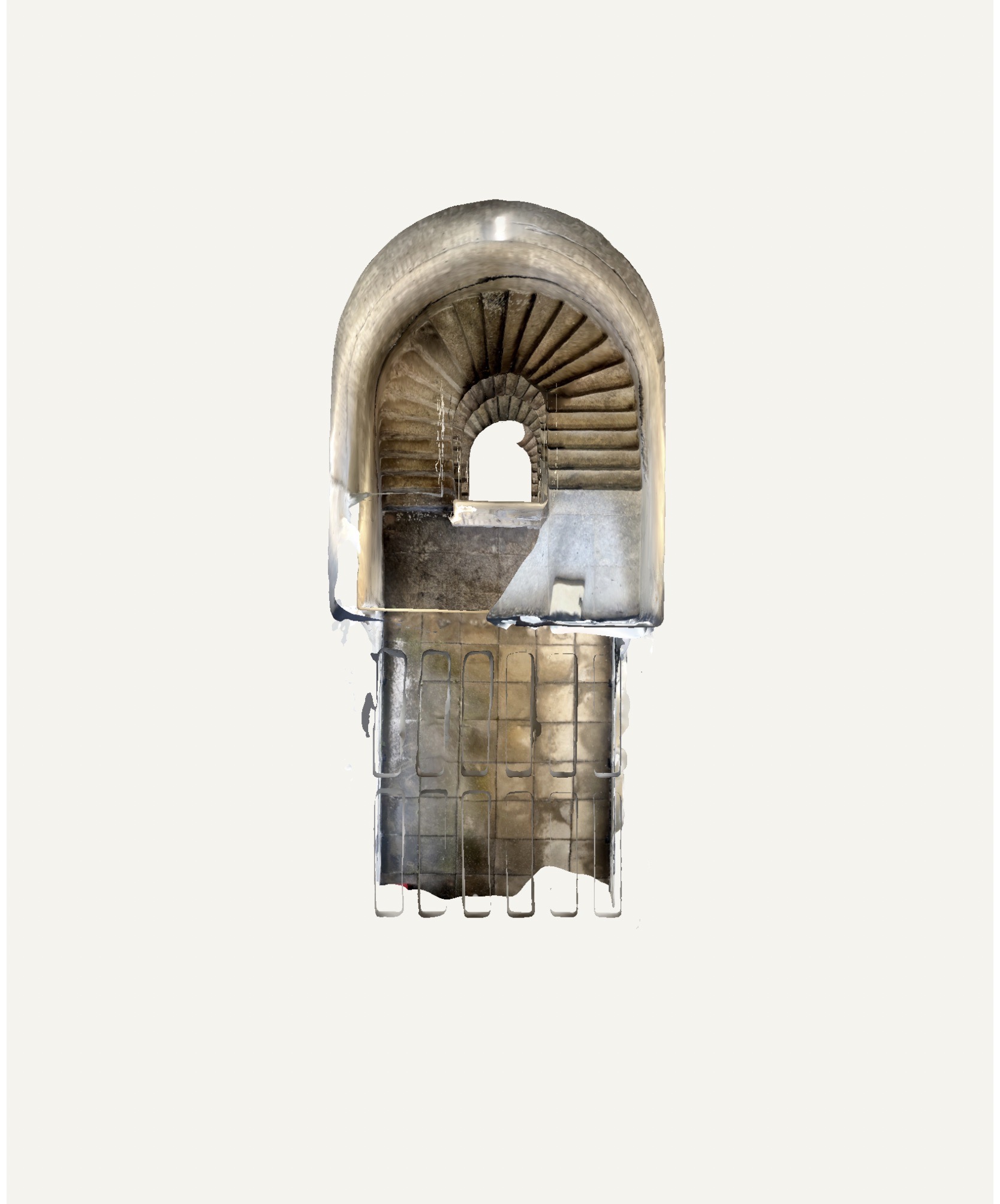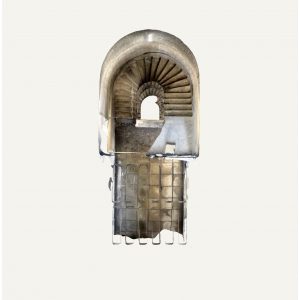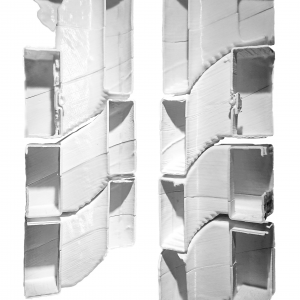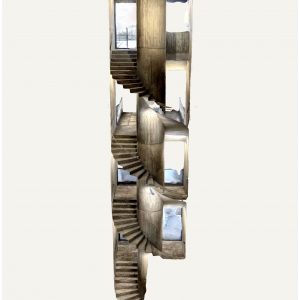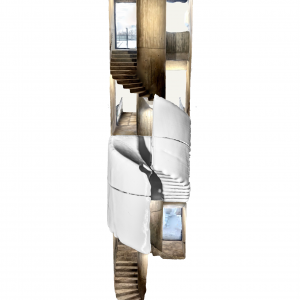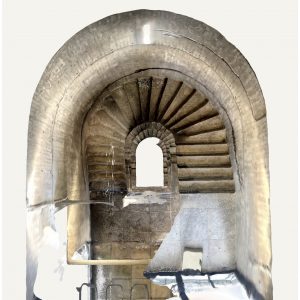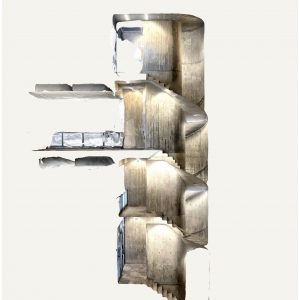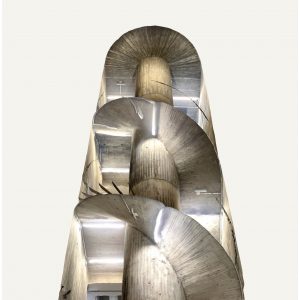spatial perceptions
Master of Architecture
VR/AR/Freies Gestalten
Prof. Barlieb / Prof. Leifeld
WiSe 21-22
Students:
Addi Gutierrez
Tatjana Witt
Jonas Murr
Felix Penninger
The first idea for the investigation of perspective and perception was the topic of reflection. With the help of photogrammetry, an attempt was made to capture reflections in a facade and transfer them into a digital 3-D model. The object under investigation was a facade on the campus of the University of Regensburg.
The facade was photographed from several angles. It was essential to select the 2-dimensional image sections so that they overlapped. The overlap allowed the Meshlab program to convert the object into a 3-dimensional coherent data set. This initially produced a point cloud, and we converted it into a polygon mesh in the further processing steps.
To be able to print the digital object, we optimized the polygon mesh with Rhino 3-D by assigning a material thickness. It turned out that glass reflections could not be satisfactorily implemented with photogrammetry during the process. The facade photographs could not be transferred decently into the software from the beginning.
After the frustrating and instructive experiences from the first approach, we sought a new, more promising space for processing. The choice fell on what should have been reflected in the original facade – a staircase.
With the help of an iPad and the corresponding program, it was possible to digitally capture the exciting space of the staircase winding upwards in a relatively quick and dirty manner. All subsequent steps required for the 3-D print correspond to those from the first attempt.
The complex geometries posed challenges for 3D printing in that the model had to be divided into several fragments to realize the print. The result is an incredible stair sculpture.
